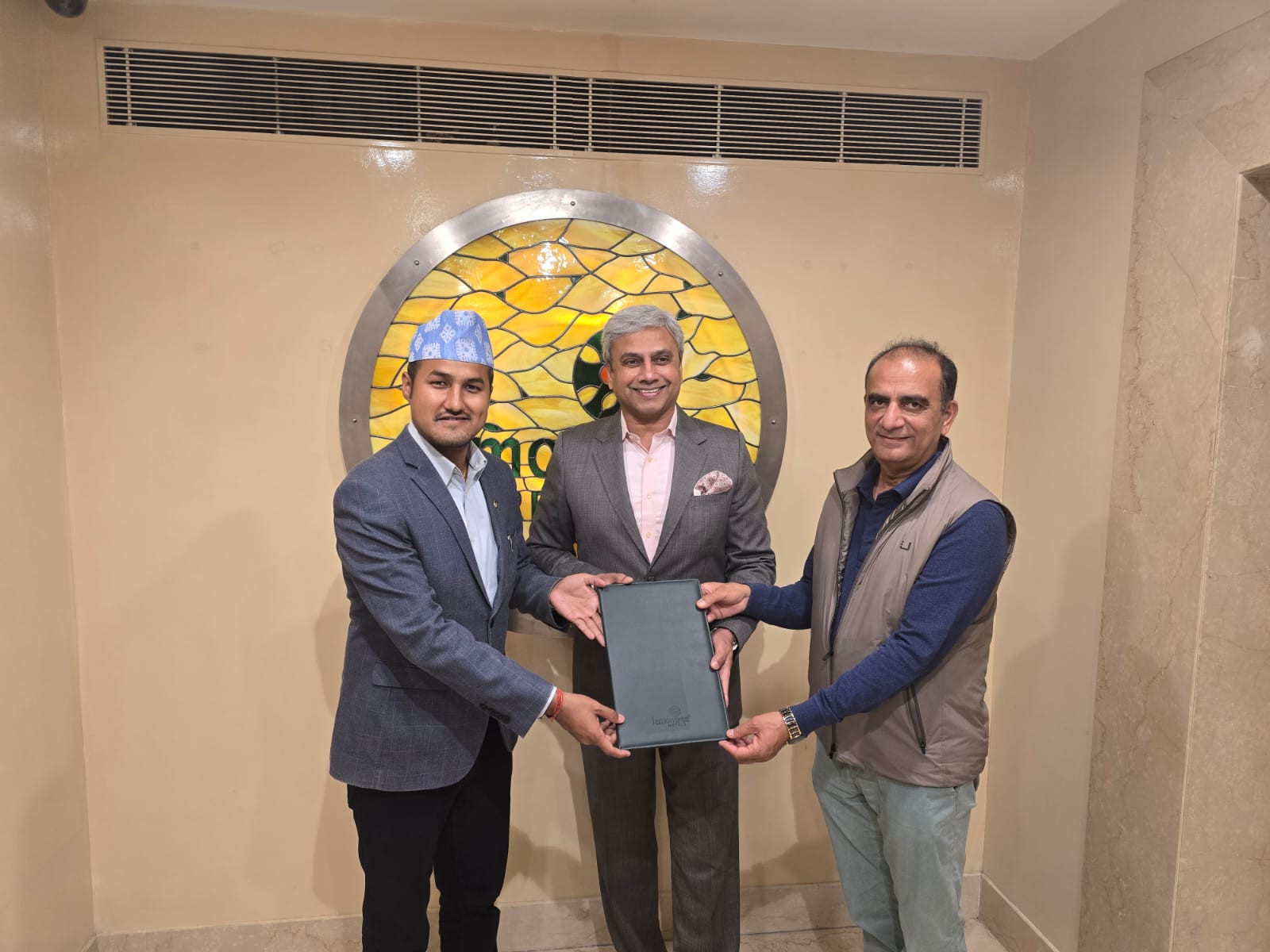Hundreds of thousands of unknown galaxies have been discovered in a major new international radio survey of the sky.
More than 200 astronomers from 18 countries have published their work on the survey in a special issue of the scientific journal Astronomy & Astrophysics, which features the first 26 research papers to be published based on the research.
 |
| Similar to the Hubble Ultra Deep Field (HUDF) image, pictured, the new survey has revealed many undiscovered galaxies |
The publications - based on only the first 2% of the sky survey - has revealed hundreds of thousands of galaxies which had never been detected before and provided data on the physics of black holes and how galaxy clusters evolve.
The galaxies were detected using the Low Frequency Array (LOFAR) telescope, which is located mainly in the Netherlands and it operated primarily by ASTRON, the Dutch astronomy institute.
Additional stations are based in Germany, the UK, France, Sweden, Poland and Ireland.By using radio telescopes, the astronomers were able to "see" processes in the universe that aren't visible to optical instruments.
The papers that have been published cover astronomical topics as diverse as black holes, clusters of galaxies, and magnetic fields.The radio emissions have also pinpointed clusters of galaxies merging, which causes particles to accelerate.Using low-frequency radio maps of the sky requires a lot of time both for the telescopes and for the computers collecting the data, and it requires large teams to analyse that data.Moving on from the first 2% of the survey, the team aims to make sensitive and high-resolution images of the whole northern sky - although it isn't clear whether these will result in pictures as gripping as those collected in the Hubble Ultra Deep Field (HUDF) images.They expect this will reveal 15 million radio sources in total.
 |
| The new radio survey has detected hundreds of thousands of new galaxies. Pic: ASTRON, |


































